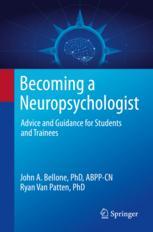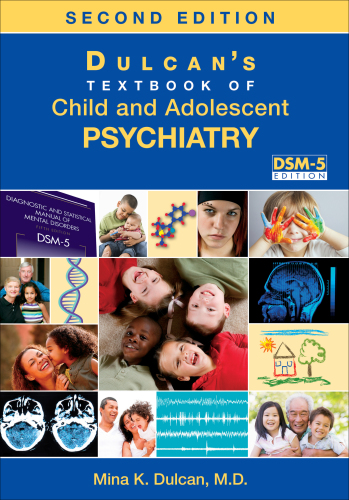What Is Neuropsychology? Welcome! I’m Dr. Bellone. Please come in and have a seat. Many people are not exactly sure who I am or what this is all about, so I’ll give you a quick overview. I’m a neuropsy- chologist. That’s a fancy way of saying that I’m a psychologist with specialty training in brain function and dysfunction. You are here for a neuropsychological evaluation, which takes place in two parts. The first part involves me asking you questions in order to learn important information... questions such as the nature of your cognitive problems, your medical history, and your social background. This will help me get to know you better so that I can tailor my opinions and recommendations to you. The second part involves objec- tively testing your thinking skills such as memory, attention, and problem solving using paper-pencil and computer-based tests. The purpose of this is to help me understand your cognitive strengths and weaknesses; we are all better at some tasks than others and if I know your unique profile, I can make the most accurate diagnosis and suggest ways to improve your health and quality of life
چکیده فارسی
عصب روانشناسی چیست؟ خوش آمدی! من دکتر بلون هستم. لطفا بیایید و بنشینید. بسیاری از مردم دقیقاً مطمئن نیستند که من کی هستم یا این موضوع چیست، بنابراین من یک مرور کلی به شما ارائه خواهم کرد. من یک متخصص اعصاب و روان هستم. این یک روش فانتزی برای گفتن این است که من یک روانشناس هستم که در زمینه عملکرد و اختلال عملکرد مغز آموزش تخصصی دارد. شما برای ارزیابی عصب روانشناختی اینجا هستید که در دو بخش انجام می شود. بخش اول شامل سؤالاتی از شما می شود تا اطلاعات مهمی را بیاموزم... سؤالاتی مانند ماهیت مشکلات شناختی، سابقه پزشکی و پیشینه اجتماعی شما. این به من کمک می کند تا شما را بهتر بشناسم تا بتوانم نظرات و توصیه هایم را برای شما تنظیم کنم. بخش دوم شامل تست عینی مهارت های تفکر شما مانند حافظه، توجه و حل مسئله با استفاده از مداد کاغذی و آزمون های کامپیوتری است. هدف از این کار کمک به من در درک نقاط قوت و ضعف شناختی شماست. همه ما در برخی از کارها بهتر از کارهای دیگر هستیم و اگر مشخصات منحصر به فرد شما را بدانم، می توانم دقیق ترین تشخیص را انجام دهم و راه هایی برای بهبود سلامت و کیفیت زندگی شما پیشنهاد کنم
ادامه ...
بستن ...
What Is Neuropsychology? Welcome! I’m Dr. Bellone. Please come in and have a seat. Many people are not exactly sure who I am or what this is all about, so I’ll give you a quick overview. I’m a neuropsy- chologist. That’s a fancy way of saying that I’m a psychologist with specialty training in brain function and dysfunction. You are here for a neuropsychological evaluation, which takes place in two parts. The first part involves me asking you questions in order to learn important information... questions such as the nature of your cognitive problems, your medical history, and your social background. This will help me get to know you better so that I can tailor my opinions and recommendations to you. The second part involves objec- tively testing your thinking skills such as memory, attention, and problem solving using paper-pencil and computer-based tests. The purpose of this is to help me understand your cognitive strengths and weaknesses; we are all better at some tasks than others and if I know your unique profile, I can make the most accurate diagnosis and suggest ways to improve your health and quality of life
ادامه ...
بستن ...










